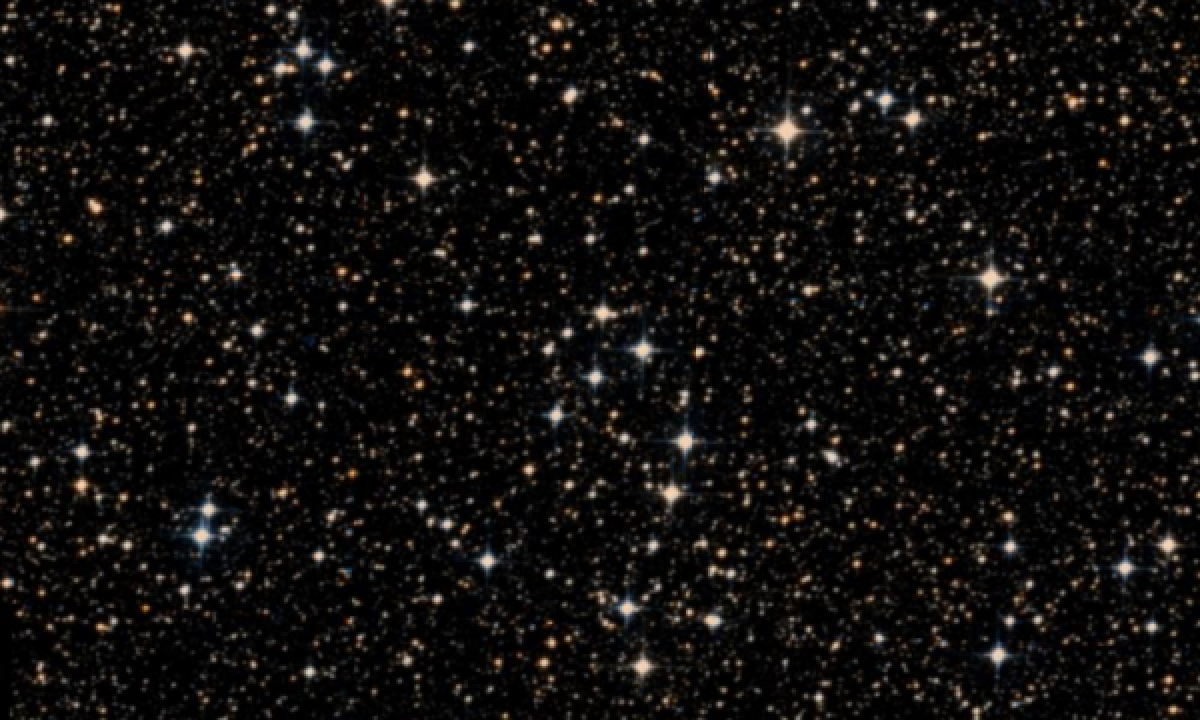The New General Catalogue of Nebulae and Clusters of Stars (abbreviated as NGC) is a catalogue of deep-sky objects compiled by John Louis Emil Dreyer in 1888. The NGC contains 7,840 objects, known as the NGC objects. It is one of the largest comprehensive catalogues, as it includes all types of deep space objects, including galaxies, star clusters, emission nebulae and absorption nebulae.
Know more about NGC
NGC 5822

NGC 5822 is an open cluster of stars in the southern constellation of Lupus. It was discovered by English Astronomer John Herschel on July 3, 1836, and lies close to another cluster, NGC 5823, which suggests there may be a physical association. NGC 5822 is an intermediate age cluster, estimated at around 900 million years old, and it is located nearby at a distance of 2,700 light years. The Trumpler class of this cluster is III 2m. It is richly populated with half the cluster members lying within an angular radius of 22.1′. The cluster is considered low mass at ~1,700 times the mass of the Sun. It has a core radius of 1.1±0.1 pc and a limiting radius of 8.0±0.4 pc. Measuring the abundances of a set of F-type stars that are probable members demonstrates the cluster metallicity is very similar to the Sun. It displays an extended main sequence turnoff on the Hertzsprung–Russell diagram, most likely due to differences in stellar rotation. Two barium stars have been identified in NGC 5822, making it only the second cluster shown to host these objects as of 2013.
More Images:

Sources:
Wikipedia Page: NGC 5822
NGC 5822 at In-The-Sky website
